Utah’s Great Basin Territory
Millard County Utah is one of the state’s hidden gems, literally! It’s a rock hounding paradise for fossils, rocks, and minerals of all kinds. But it’s more than that, it’s also a major gateway to the Great Basin Desert, home to many historic sites telling the stories about Utah, recreation areas and alpine splendor. It’s a shining gem that awaits your discovery.
Millard County was named after the thirteenth US President Millard Fillmore, who was in office when the county was created on October 4, 1851. The county seat, Fillmore City, was also named after him.
Here is just a sampling of places worth visiting on a visit to the county but there are many others you can find at www.visitmillardcounty.com
Lava Tubes
Thousands of years ago, lava flows left behind miles of lava fields, craters, and intriguing lava tubes. Lava tubes formed as the surface of lava streams cooled, solidified, and crusted over.
West of the small town of Meadow lava tubes of an ancient flow are located at the base of Tabernacle Hill.
Tabernacle Hill is a volcanic Tuff cone made of ash and grittier fragments called lapilli. We often refer to these hills as cinder cones, which are common in many areas of central and southwest Utah. Located in the Black Rock Desert Volcanic Field, the tubes are estimated to be 10,000 to 24,000 years old and formed as Lake Bonneville receded. The Great Salt Lake in northern Utah is the remnant of Lake Bonneville that once covered a large part of northern and central Utah with smaller sections of the lake in southern Idaho and eastern Nevada.
It’s fun to explore the lava tubes and crawl through the tight spaces but just know they’re no fun to fall on, watch your footing and watch your head. We recommend wearing good sturdy hiking shoes and to bring a flashlight. Although the lava tubes are never completely without light you will need a flashlight to see rocks on the path and above your head.
How to Get There
Exit I-15 south of Fillmore at the Meadow exit and turn south onto Main Street. Follow Main to Center Street, turn west at the sign for White Mountain. The drive is approximately 5-7 miles on a well-graded dirt road that passes under the freeway. Recent improvements have been made to the final stretch of road that’s suitable for passenger cars.
Lace Curtain
Located 16 miles south of the town of Delta, the Lace Curtain is situated on the north side of the Pahvant Butte, also known as Sugarloaf Mountain to locals. The butte is an ancient extinct volcano in the Black Rock Desert volcanic field in the Pahvant Valley from the Lake Bonneville period.
Approximately 15,000 years ago, powerful waves pounded the north side of Pahvant Butte causing erosion to expose the “cemented volcanic deposits,” forming what resembles a wall of melted wax.
Exploring the Curtain
Accessing the Lace Curtain involves traveling through Delta, Utah. As you approach Pahvant Butte, a well-graded dirt road leads past the Crystal Lake Waterfowl Management Area. The road narrows to a single dirt track, which is passable in a high-clearance vehicle (weather permitting). Upon arrival, a spacious parking area awaits. From here, venture to the base of the wall and marvel at its many holes and distinctive shapes. Some sections resemble melted rock running down the face of the wall, akin to a candle’s wax. The Lace Curtain’s intricate patterns are a testament to ancient volcanic forces and Lake Bonneville’s legacy.
Directions from Delta, Utah
Head west through Delta to Highway 257 toward Deseret. Travel south on Highway 257 for approximately 15.7 miles to the Clear Lake Road. Follow Clear Lake Road east for about 7.6 miles to a junction, then turn left toward Pahvant Butte. Continue 2.5 miles to the next junction and turn left again.
The Lace Curtain invites you to step into an ancient geological tale—a testament to nature’s artistry!
Cove Fort
Cove Fort was founded in 1876 by Ira Hinkley by direction of Brigham Young, an early pioneer prophet of the Church of Jesus Christ of Latter-Day Saints. Brigham Young wanted the fort established in its location due to its location between Fillmore to the north and was then the capital of the Utah Territory, and the city of Beaver to the south. The fort served as an important way station for travelers along the “Mormon Road,” providing shelter, rest, and essential services.
Unique Construction
Unlike most forts constructed primarily of wood at the time, Cove Fort’s walls are made of black volcanic rock and dark limestone. Designed in a square-shaped the fort measures 100 feet on each side with walls standing at a height of 18 feet. The walls taper from a base thickness of four feet to two feet at the top. Two large sets of wooden doors on the east and west ends were originally filled with sand to protect against arrows and bullets. Within the fort there are 12 interior rooms, six on the north wall and six on the south wall.
Vital Way Station
The fort also included a blacksmith shop and served as a Pony Express stop and regional telegraph office. Two stagecoach lines made daily stops at the fort as it played a vital role for travelers housing and feeding up to 75 people at a time.
Restoration and Tours
By the early 1890s, The Church of Jesus Christ of Latter-day Saints no longer considered Cove Fort necessary and eventually sold to W.H. Kesler. In 1988, the fort was purchased by the Hinckley family and donated it back to the Church. Restorations efforts where then made that included moving Ira Hinckley’s Coalville, Utah, cabin to the site and reopened as a historic site. Free guided tours are offered daily to visitors.
Topaz Museum
Topaz Museum is dedicated to preserving the history of the Topaz Japanese American WWII confinement site.
Historical Significance
During World War II the U.S. government removed 125,284 men, women, and children of Japanese ancestry from their west coast homes and placed in 10 remote internment camps controlled by the War Relocation Administration. The decision was fueled by the attack on Pearl Habor December 7, 1941, prompting the U.S. to enter the war.
Topaz, located 16 miles northwest of Delta, was one of these camps and had a peak population of 8,100. From September 11, 1942, to October 31, 1945, a total of 11,212 people were processed through the Topaz camp.
Educational Mission
The mission of Topaz Museum is to preserve the Topaz site and its World War II history. Interpret the impact on Japanese Americans confined at Topaz and their families. Educate visitors to prevent similar injustices from happening again.
The museum houses hundreds of artifacts, photographs, oral histories, and original artwork created by those who lived in the camp during this dark time.
Visitor Information
Open Monday through Saturday from 10:00 AM to 5:00 PM, year-round (except for New Year’s Day, Thanksgiving, Christmas Eve, and Christmas). The museum is located at 55 West Main Street in Delta, Utah. Admission is by donation.
Great Basin Museum
The Great Basin Museum is a treasure trove of local history. The museum’s mission is to preserve and share the heritage of Millard County and the surrounding Great Basin region. This vast region encompasses half of Utah, most of Nevada, and sections of Idaho, Wyoming, and California. The museum’s exhibits showcase artifacts from the area’s original settlers, including the Fremont Indian tribe.
Exhibits and Artifacts
Visitors can explore a diverse range of exhibits: Pioneer memorabilia from the early days of settlement. Early western farm equipment that shaped the region’s agricultural history. Rich displays that tell the story of Millard County’s past.
Hours and Admission
During the summer months (April to October), the museum is open Monday through Saturday from 10:00 AM to 5:00 PM. In winter (November to March), it opens on Thursdays from 10:00 AM to 1:30 PM, and Fridays and Saturdays from 10:00 AM to 5:00 PM. Admission is free, but donations are essential for preserving this valuable heritage.
Located at 45 W Main Street, Delta, Utah
Van’s Dance Hall
Van’s Hall, perched above mostly empty storefronts on Delta’s Main Street, is a colorful second-story invention that continues to captivate visitors. Constructed by the late Billy Van De Vanter, this unique dance hall boasts an eclectic mix of art and architecture.
The Eclectic Interior
The hall features a big, mirrored ball adorned with a carving of the Salt Lake Temple atop it. Tracks once held an electric train that circled the room. An airplane banner playfully announced, “We dance next Saturday.” Wind chimes, a coat and hat-check counter, and a small orchestra stage add to the whimsical atmosphere. Local legend suggests that the dance floor was made from melted records, although the exact material remains a mystery.
Billy Van De Vanter
Billy Van De Vanter began this project in 1927 and continued improving it until his death in 1942. A Delta resident since 1907, he left his mark on the town by inventing cooling systems, fans (before air conditioning), and mining equipment. His sculptures, now inside Van’s Hall, once adorned his Mutt and Jeff garage on Delta’s Main Street.
Historical Significance
The hall was once voted the nation’s best dance hall and is listed on the National Register of Historic Places. Veterans who frequented the hall share stories of meeting their wives there, making it a cherished memory for many.
While visitors can’t currently enter due to ongoing restoration efforts, glimpses of its vibrant past continue to inspire awe.
Utah’s Territorial Statehouse
The Utah Territorial Statehouse, officially known as the Territorial Statehouse State Park Museum, preserves the original seat of government for the Utah Territory. Constructed in anticipation of Utah’s statehood, it was directed by early pioneer Brigham Young. Unfortunately, only the south wing of the building was ever completed. Today, this historic site stands as a museum, offering insights into pioneer Utah.
The Building and Its Uses
The Statehouse served various functions over time: jail, school, library, office, dance hall, and even a hiding place for the Deseret News during the Utah War. Visitors can explore its unique architecture and learn about Utah’s early history. The top floor now hosts social events like receptions and old-time dances.
Visitor Information
The museum is located at 50 W Capitol St, Fillmore, UT 84631. It is open from 9 a.m. to 5 p.m., Monday to Saturday (closed on Thanksgiving, Christmas, and New Year’s Day). For more details, you can contact them at (435) 743-5316.
_
For more information about Millard County Utah’s Great Basin Country visit www.visitmillardcounty.com

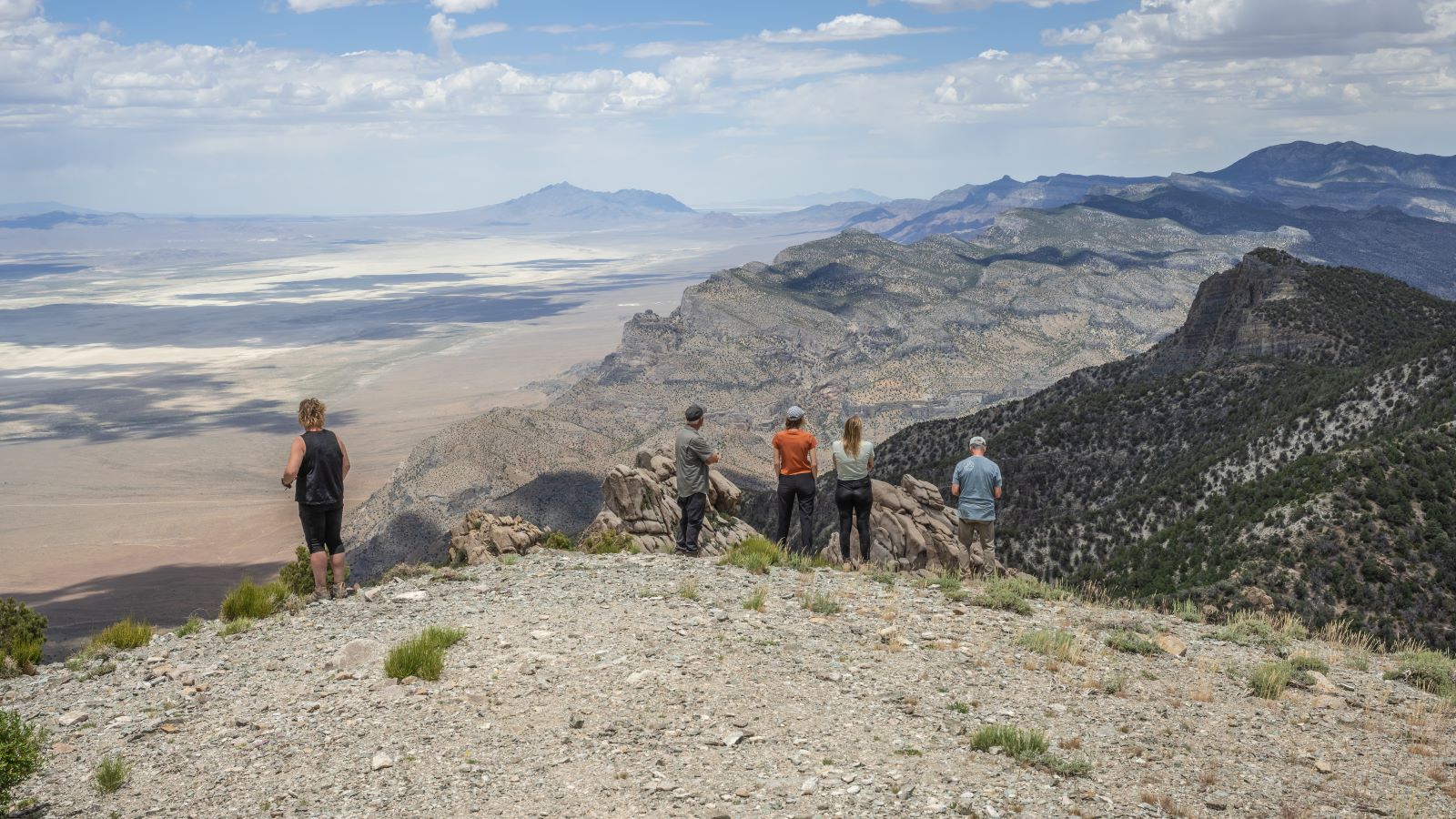

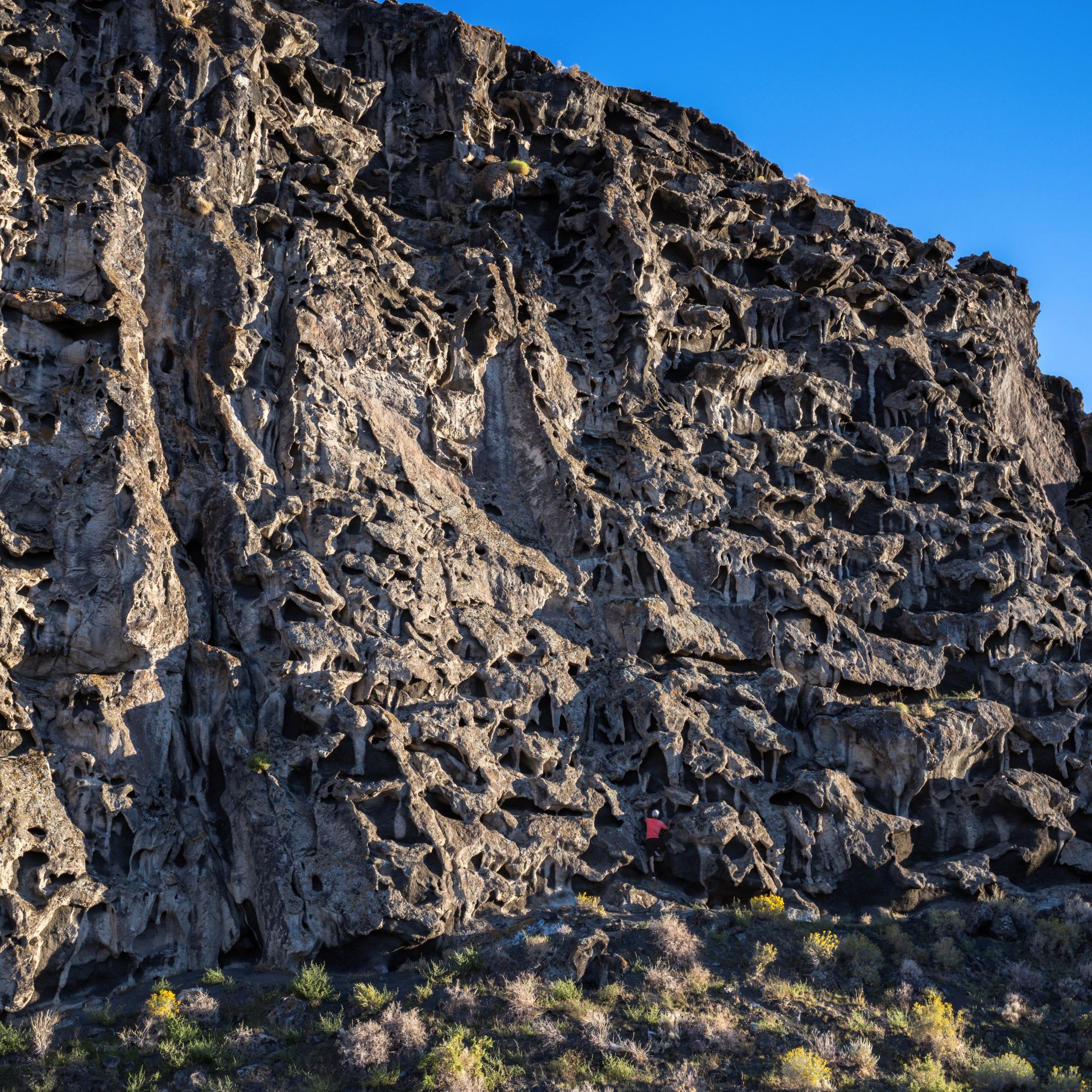

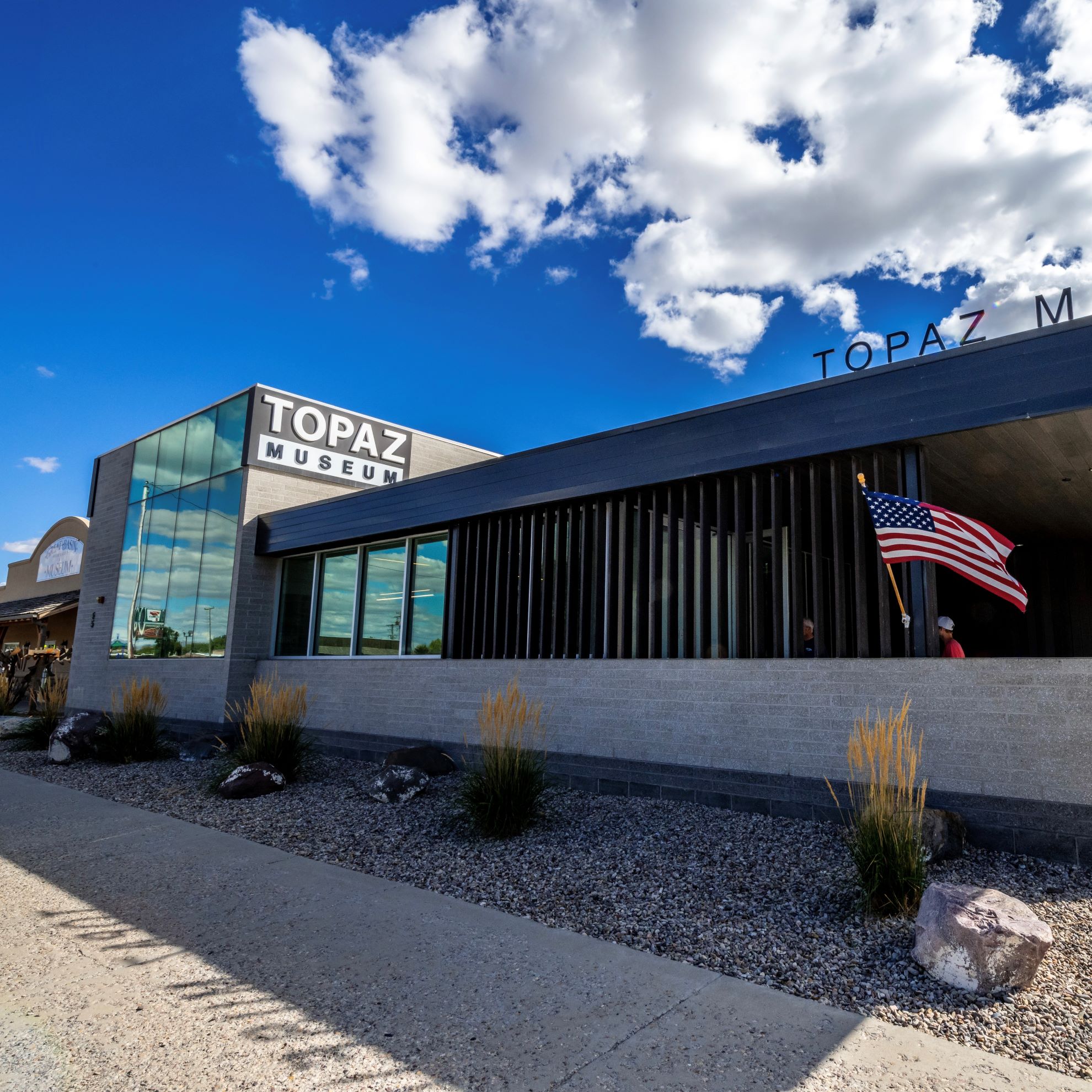
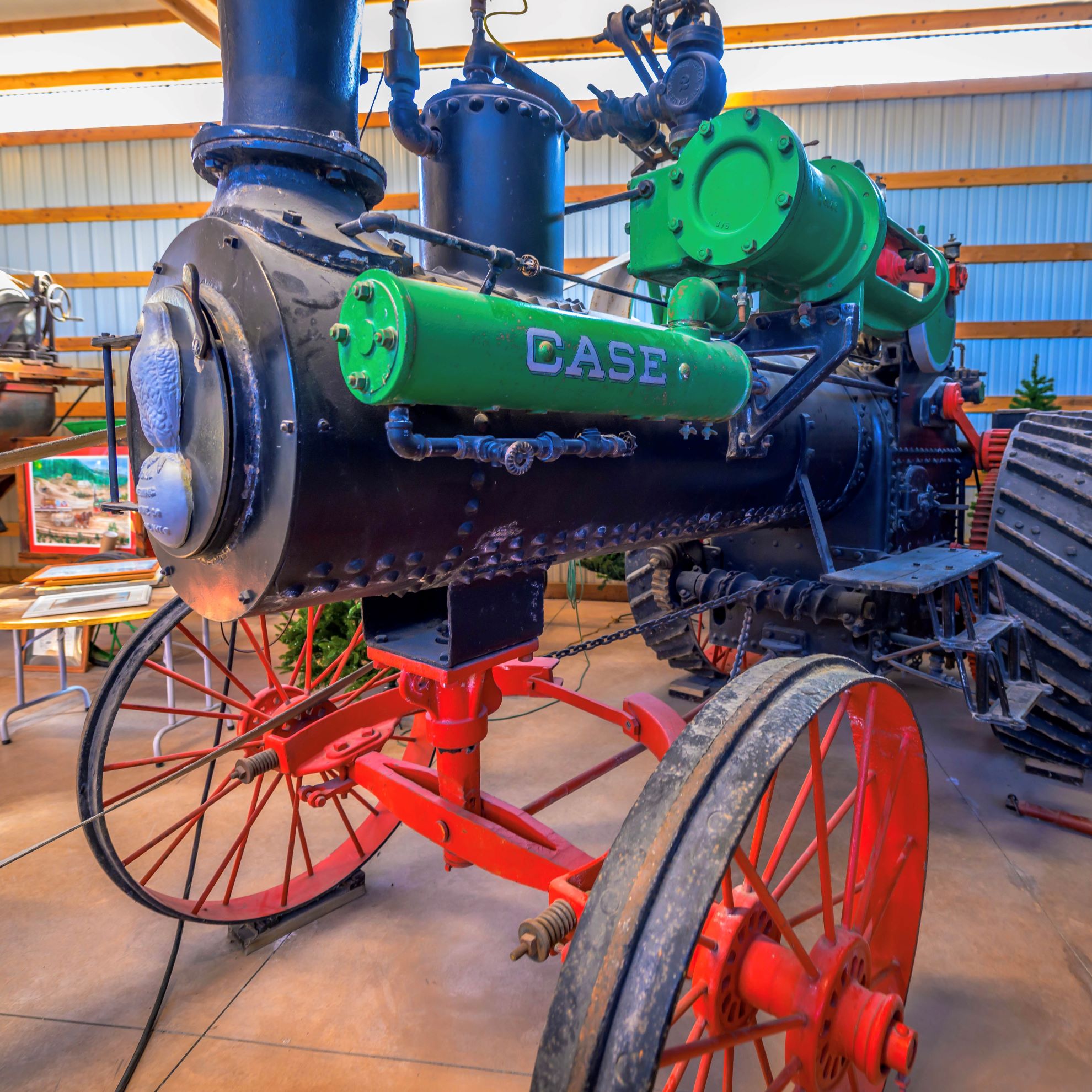
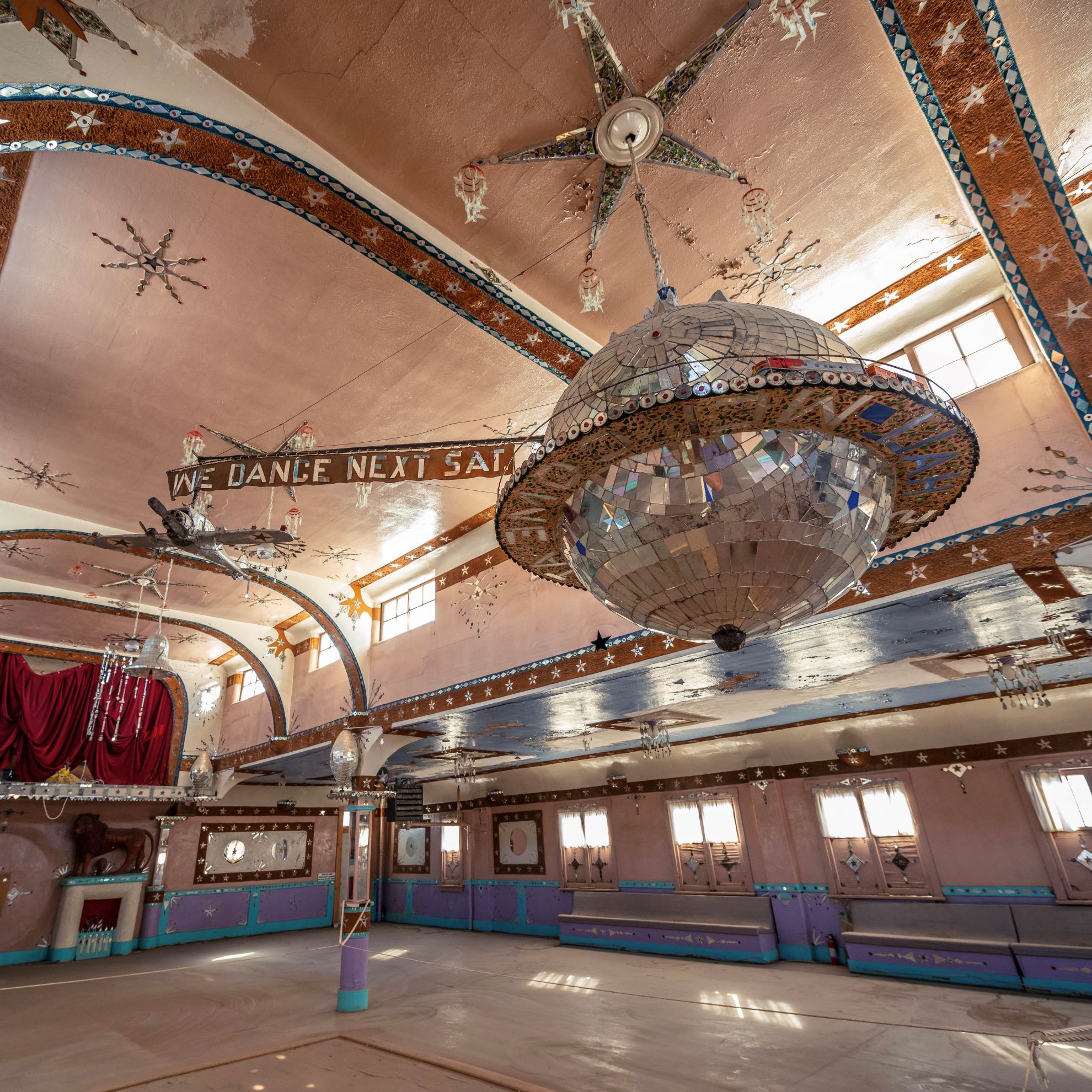
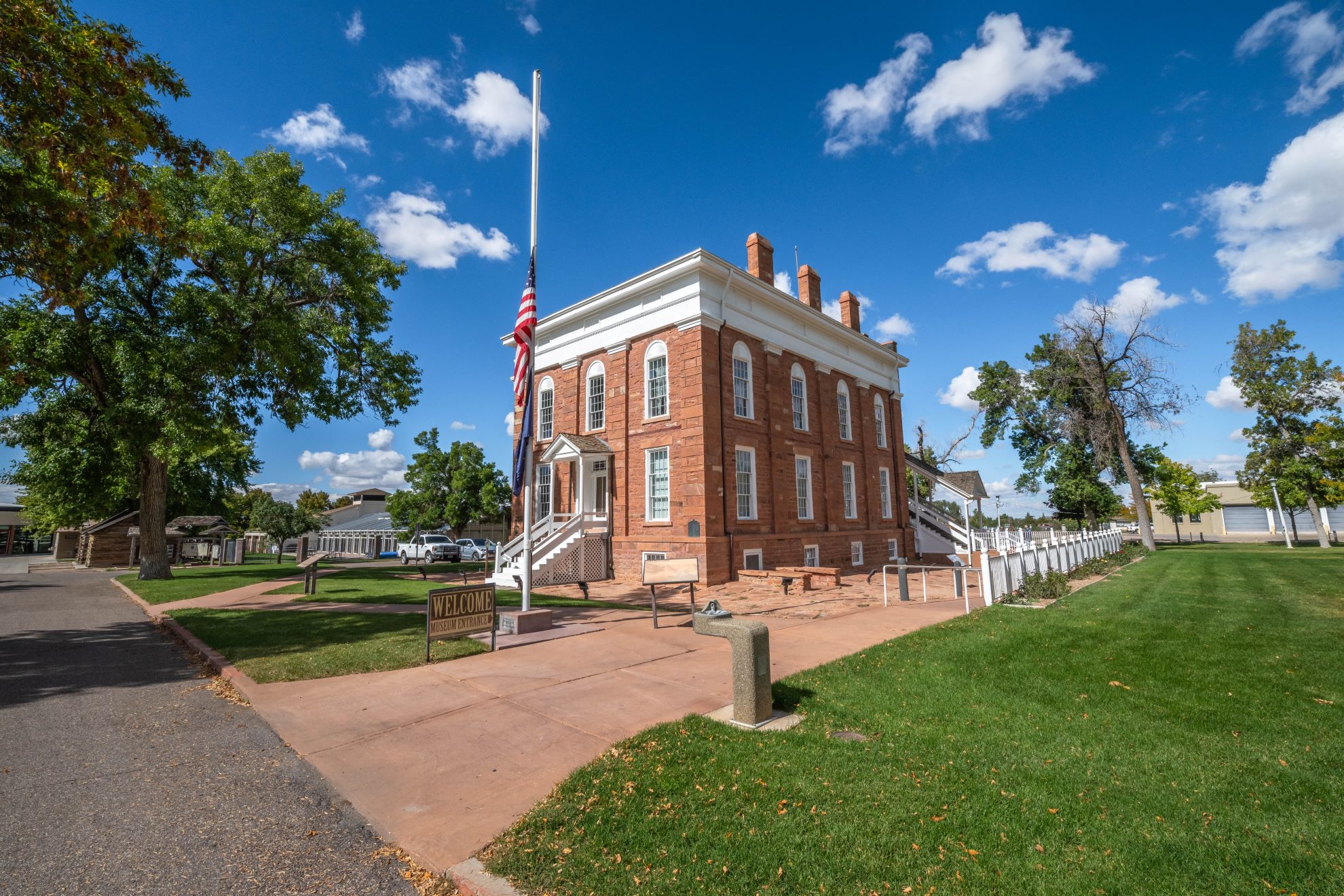


Leave a Reply
Want to join the discussion?Feel free to contribute!